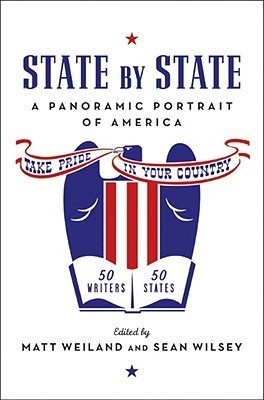
American Visions: The Epic History of Art in America
Book Description
A sweeping tapestry of creativity and chaos, "American Visions" takes readers on a breathtaking journey through the vibrant landscape of art in America. From the raw power of Native American expressions to the dazzling innovation of contemporary artists, Robert Hughes captures the tumultuous interplay of culture, politics, and identity that shaped each masterpiece. Dynamic, provocative, and fiercely authentic, this epic chronicle reveals how art has both reflected and challenged the American experience. As brush strokes paint history and visionaries push boundaries, one question lingers: what does it mean to truly see America through its art?
Quick Book Summary
"American Visions: The Epic History of Art in America" by Robert Hughes is a masterful exploration of American art, from its Indigenous origins to the modern era. Hughes traces how artists have used their work to reflect and challenge evolving social, political, and cultural landscapes. With an incisive and eloquent style, he examines the impact of colonization, industrialization, and urbanization on artistic expression. Hughes highlights not only iconic painters and movements, but also the vital influence of architecture and photography in shaping American identity. Throughout, he probes what it means to "see America"—how art both mirrors and shapes the nation's ideals, anxieties, and dreams, revealing the dynamic interplay between creativity and the American experience.
Summary of Key Ideas
Table of Contents
The Dialogue Between Art and American Identity
Robert Hughes begins his journey through American art by delving into the rich visual traditions of Indigenous peoples, whose artworks reflected complex relationships with land and spirituality. With the arrival of European settlers, art became entwined with colonization, blending European aesthetics with New World realities. As the country expanded, the quest to define a uniquely American identity grew, with artists moving from European imitation toward themes rooted in the American landscape, everyday life, and the tensions of a new society.
The Influence of Politics, Conflict, and Social Change
Throughout the nation’s turbulent history, art captured the impact of political upheaval, war, and social transformation. The Civil War, westward expansion, industrialization, and the struggles for civil rights all found echoes in painting, sculpture, and public monuments. Hughes explores how artists such as Thomas Eakins, Winslow Homer, and Jacob Lawrence recorded and responded to these seismic events, using image as both documentation and protest.
Innovation and Experimentation in Artistic Forms
The book highlights the restless spirit of innovation that has defined American art. From the grand ambition of Hudson River School landscapes to the emergence of modernism and the explosive creativity of Abstract Expressionism, Hughes demonstrates how American artists challenged conventions, experimented with new techniques, and forged dynamic new aesthetics. The rise of pop art and conceptualism further showcased the nation’s appetite for reinvention and commentary on contemporary life.
Art as Cultural Mirror and Critique
Hughes delves into how art has always been a powerful mirror and critique of American culture. Artistic movements often questioned prevailing social values and probed the contradictions at the heart of the American dream. Whether through the gritty realities seen in Ashcan School works, the political urgency of muralism, or the bold interventions of feminist and minority artists, American art has persistently forced confrontation with societal issues.
Architecture and Photography Shaping American Vision
Complementing his focus on painting and sculpture, Hughes devotes significant attention to photography and architecture as essential mediums shaping American self-perception. Landmark skyscrapers, suburban developments, and iconic public spaces redefined the physical landscape, while photography chronicled both progress and inequality. Through these varied forms, Hughes reveals a nation continually reinventing itself, forever searching for meaning and connection in its art.
Download This Summary
Get a free PDF of this summary instantly — no email required.





